Special Section
Fountains of Youth
New techniques in cosmetic surgery can help you turn back the hands of time.
By Alice Shapin — January 2020
Former Maryland resident Samantha Dahl, now 34, started having Botox procedures two years ago. In her mid-50s, Suzanne Lawrence of Virginia has been having Botox for more than 10 years.
And each has a slightly different goal.
Dahl is trying to prevent those frown lines and elevens between her brows from forming, while Lawrence is trying to make them disappear.
But it’s a good example of the huge span in ages among those trying to look better these days. And because all ages are pursuing cosmetic surgery, the number of procedures done has ballooned. According to the American Society of Plastic Surgeons (ASPS), the number of minimally invasive cosmetic procedures has grown nearly 200 percent since 2000, and it shows no signs of letting up.
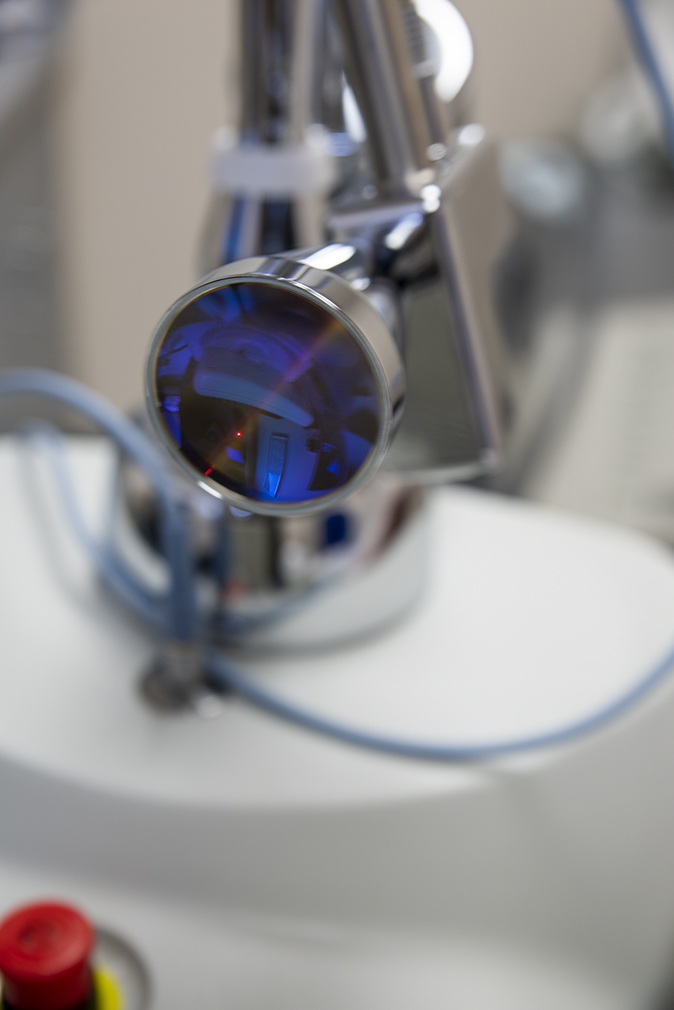
While 40 years ago, cosmetic surgery was associated with wealthy Hollywood types who had to hide out in their Riviera villa to recuperate, technology advances have also made it pretty easy. Today, it’s possible to walk in to your doctor’s office and walk out with an instant nose job, a six-pack without doing sit-ups, bigger lips that genetics didn’t give you, and a less tired look. In some cases, it may sound like hocus pocus, like taking fat from another area on your body and putting it into your face, but the doctors are doing it. And many of the treatments are all gain and less pain: The American Academy of Facial Plastic and Reconstructive Surgery’s (AAFPRS) annual survey found that four-fifths of all treatments performed by facial plastic surgeons in 2018 were non-surgical procedures, such as injectables.
“Injectables are only increasing in popularity, and this is because of the subtle, noticeable visual result they deliver,” says immediate past president of AAFPRS and facial plastic surgeon Dr. Phillip Langsdon. And leading the way is Botox, followed by soft-tissue fillers.
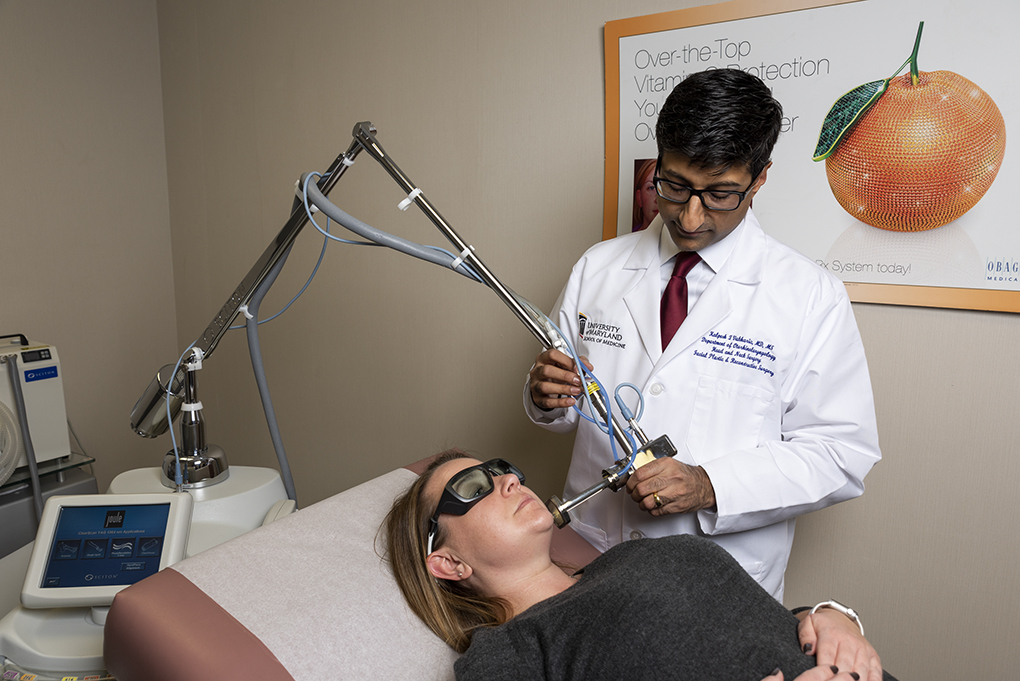
No matter what procedure people are having, everyone wants no or very little downtime and to look natural. “After all, no one wants over-exaggerated lips or cheekbones that scream ‘Look, I’ve had work done,’” says Rockville plastic surgeon Dr. Gregory Dick. Langsdon adds that the modern goal is to look “refreshingly natural.” Think of it more like a Photoshopped version of yourself.
But while many problems can be addressed with minimally invasive procedures, some can’t and may need surgery. According to the AAFPRS, patients, specifically women 55 and under, want delicate, natural-looking adjustments when they undergo surgery. But whether you’re looking for minimally invasive procedures or surgery, don’t fret—there’s a treatment for almost everything.
“I was about to turn 50 and decided I needed to look less tired,” recalls Karen Lafond, a patient of Boston dermatopathologist Gretchen W. Frieling. “The one thing I didn’t want was to be overdone or frozen. I wanted to be refreshed.” Frieling started slowly and addressed Lafond’s under-eyes, followed by her forehead, upper and lower cheeks, jawline, and chin. She has had fillers and Botox. “It’s so natural. Hopefully, by doing this and taking care of my skin, I wouldn’t need a facelift.”
And with so many of today’s politicians being 70 and older, they, too, are looking for that less haggard look. A November Washington Post article on the topic said the goal is not necessarily to look young; the object is to appear refreshed. The article went on to say that today’s politicians have hundreds of cosmetic enhancements at their fingertips, including nips, tucks, laser treatments, and fillers. What they want is the medical equivalent of a really good vacation. And, yes, the men are certainly doing it, too.
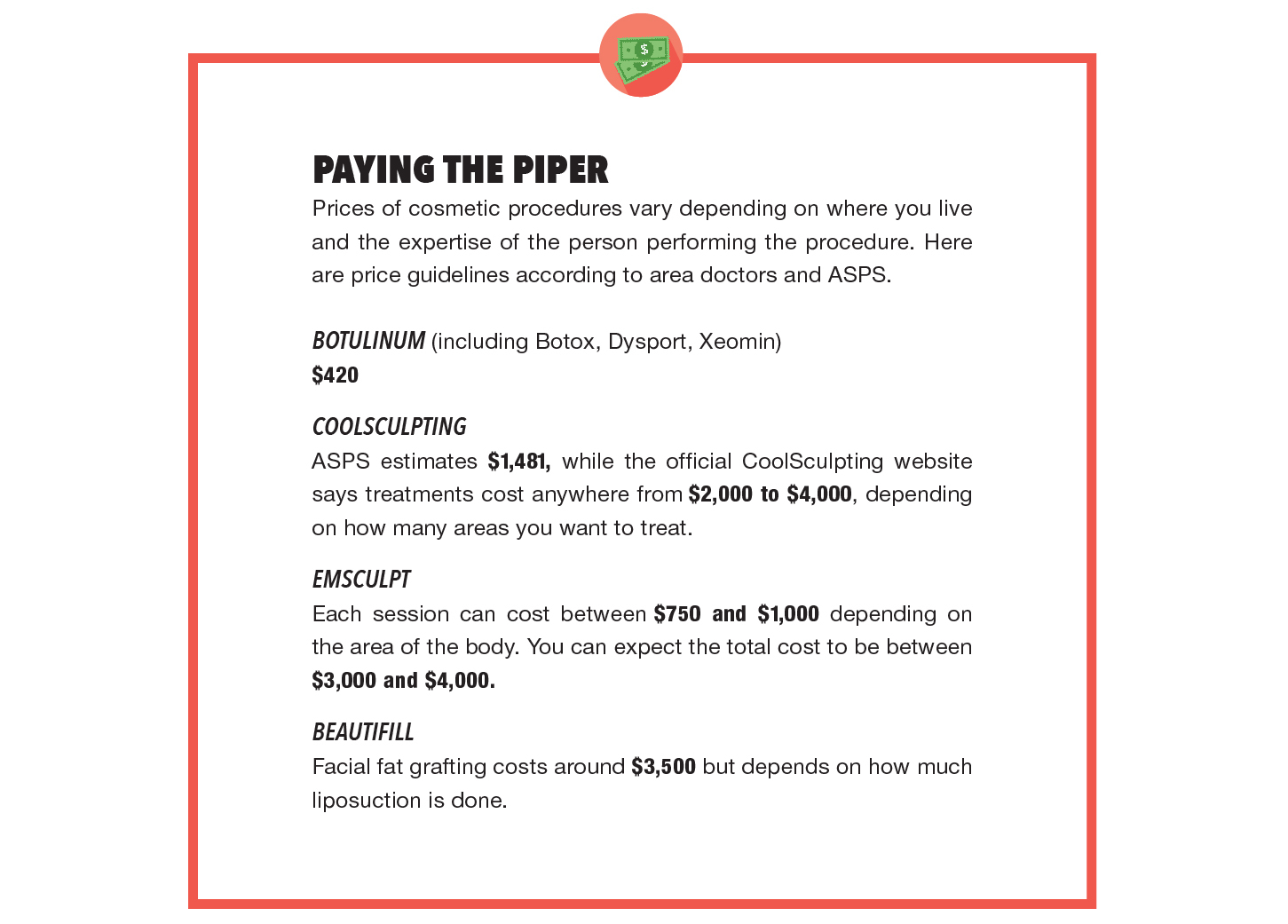
In the case of quick fixes, patients are often looking at three options called neuromodulators: Botox, Dysport, Xeomin. All three require minimal downtime and temporarily treat frown lines, crow’s feet, and elevens by “freezing” muscles. In the past, patients came in once these lines appeared. “Today, the biggest change we see is more Millennials (22-37-year-olds) coming in for Botox and other procedures,” notes Dick. Langsdon says, “This points to the ‘pre-juvenation’ trend of patients wanting to remain youthful rather than turning back the clock on signs of aging later. Our younger patients are controlling the aging process and taking prevention seriously.”
So “why is this happening to me?” you ask. According to American Society for Dermatologic Surgery (ASDS), as people age, the natural loss of the skin’s collagen and the loss of hyaluronic acid and elasticity result in wrinkles and a loss of fullness in the face, especially around the eyes, mouth, cheeks, jawline, brow, and nose. Soft-tissue fillers are used to plump lips, elevate and fill deep folds, soften and smooth wrinkles and creases, fill shallow contours such as sunken cheeks, and improve the appearance of imperfections. Most contain hyaluronic acid, a natural compound that aids in the production of collagen and elastin. Two of the more popular, Juvederm and Restylane, have several different products with varying thickness that match the areas that need to be treated. Many doctors have a preference for one or the other. Today, it’s no longer just to fill the wrinkles. Dick, who likes Juvederm, says, “Now they are used to plump and lift in other parts of the face for a more natural-looking result. I put it near the cheekbone to restore fullness, which lifts the face, reducing the look of smile lines in the process. Being conservative, I may try fillers before suggesting surgery. Sometimes, that’s all they need, or it may buy them time. And I don’t like overdoing any of the fillers. “Remember, you can always add more later.”
He also puts fillers in front of the jowls to give a nice jawline, lips, and in the back of the hands, though he cautions that, for hands, it’s expensive since you need three to four syringes. “And if want to remove a bump on the bridge of your nose, that can be done too. Just remember it’s temporary.”
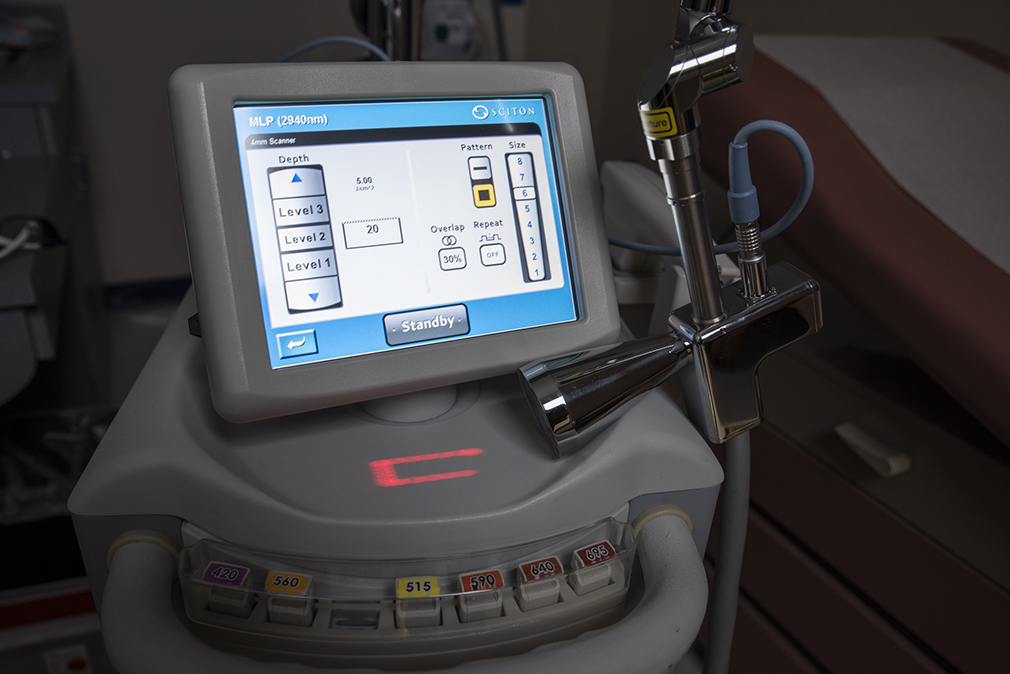
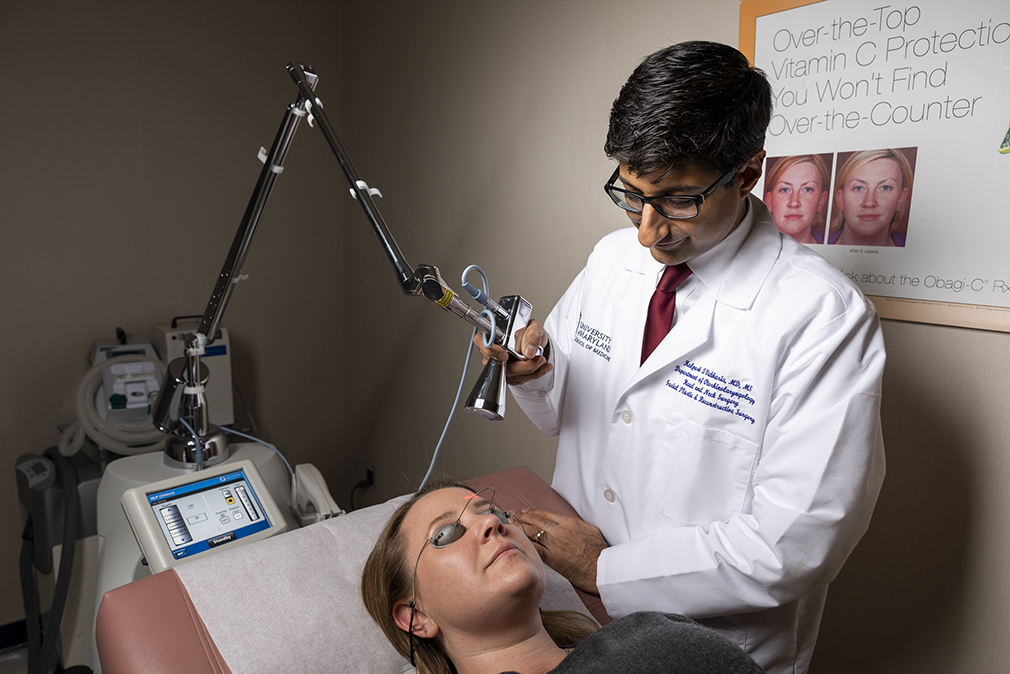
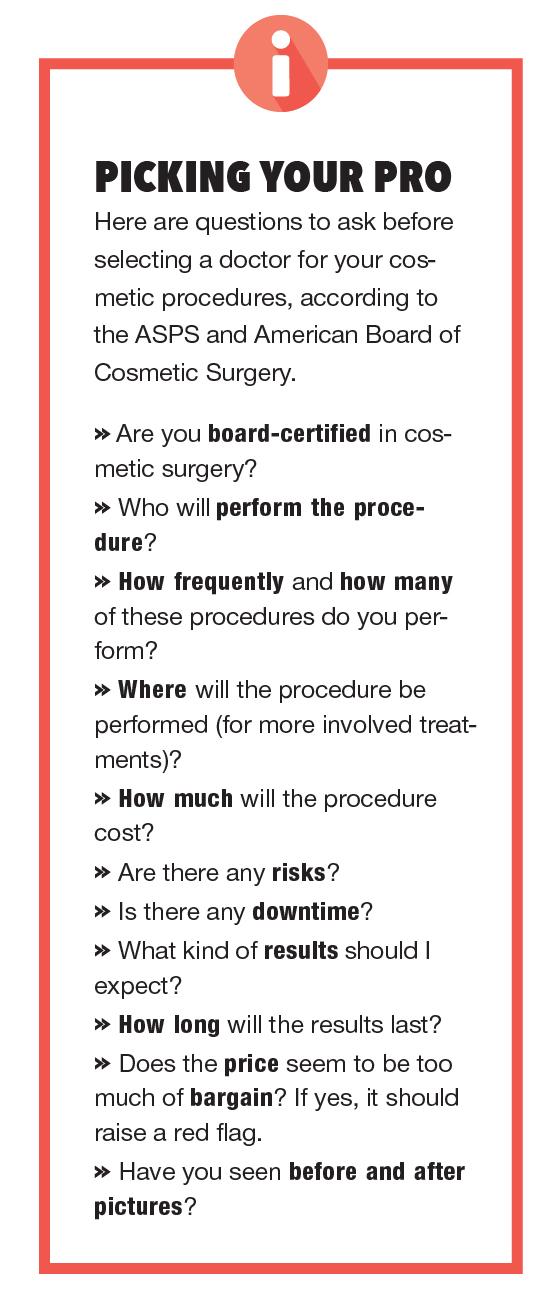
Frieling, whose patients range from 20 to 75, finds that younger women want bigger lips, while the older generation is more hesitant to get their lips rejuvenated, being mindful of the trend of distastefully large lips. She adds that lips are a very rejuvenating feature, and are beautiful and natural-appearing when done proportionally.
Then there’s the fat transfer solution: In 2019, BeautiFill, a fat transfer system, debuted. It’s the first laser-based system designed to optimize the process, time, and quality of autologous fat transfer for aesthetic contouring. The system combines laser, suction, and fat processing into one simple step. A year ago, Maryland Dr. Jared Mallalieu started using the BeautiFill Fat Transfer System. The process allows Mallalieu to quickly harvest and process high-quality fat for immediate reimplantation to address volume loss.
Maryland resident Kathy VanAntwert, who is in her 60s, is no stranger to cosmetic procedures. She has had liposuction, lasers, and a mini facelift. VanAntwert’s latest procedure was BeautiFill. “I liked the fact that using your own fat rather than filler is longer-lasting.” Other pluses include no risk of reaction and that the fat is taken from unwanted areas such as the abdomen, so the patient loses fat where they don’t want it and the doctor is able to create facial contouring and filling. The procedure takes about an hour. Mallalieu says, “The results can last years compared to dermal fillers.”
For those who eat healthy and exercise (even exercise fanatics) but still have visible bulges, there is noninvasive CoolSculpting. Rockville’s Dr. Shirley Olsen says demand for the treatment is soaring. And men are doing it, too.
Since being FDA-cleared in 2010, the company has added more targets for the product. It’s now used for under the chin and jawline areas, thighs, abdomen, and flanks, along with bra fat, back fat, and underneath the buttocks and upper arms. CoolSculpting is not a weight-loss procedure, but rather a treatment to freeze and thereby kill fat cells. According to Olsen, once that happens, your body will naturally eliminate the dead cells in one to three months.
Another game-changer is the noninvasive Emsculpt: Imagine being told you could get a six pack without doing sit-ups. The device uses high-intensity focused electromagnetic energy to activate muscles in a way sit-ups can’t. According to Maryland Dermatology Laser Skin and Vein Institute (MDLSV), Emsculpt offers the newest revolution in body sculpting procedures. Kimberly Lang, cosmetic and body sculpting consultant at MDLSV, says Emsculpt takes about 30 minutes, there’s no downtime, it feels like an intensive workout, and is equivalent to doing 20,000 sit-ups. For this muscle-building, fat-burning, and sculpting procedure, it’s recommended to have a series of four treatment sessions scheduled two to three days apart and have another one quarterly. Positive results can be seen two to four weeks after the last session, and things continue to improve for several weeks following the treatments. “We had a 55-year-old patient who was in good shape but couldn’t get rid of some bulges and had CoolScupting,” Lang recalls. “Afterward, she followed it up with Emsculpt. In the summer, she told us she wore a two-piece bathing suit for the first time in years. She loved showing skin.”
And now Emsculpt can target the buttocks, arms, calf muscles, and inner thighs for toning and definition.